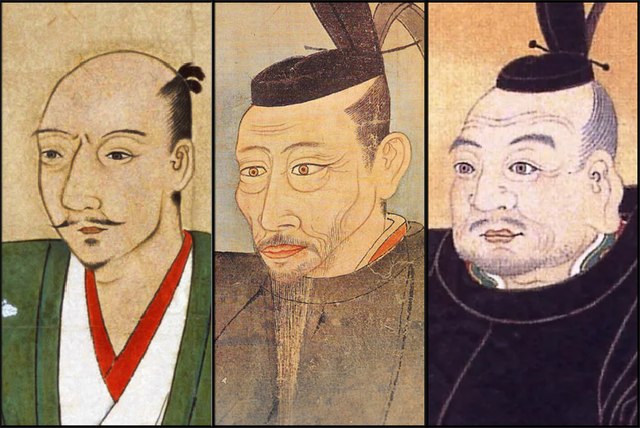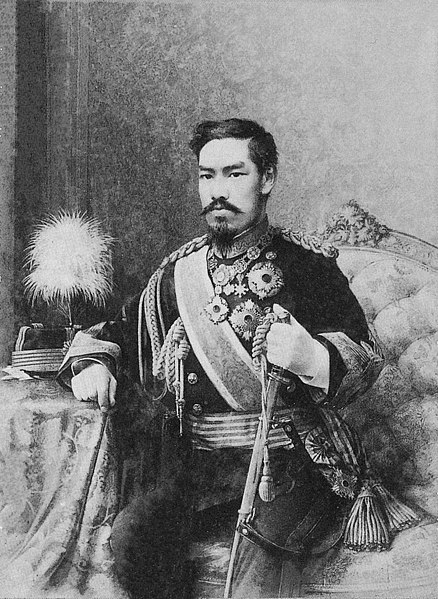Rangaku, and by extension Yōgaku , is a body of knowledge developed by Japan through its contacts with the Dutch enclave of Dejima, which allowed Japan to keep abreast of Western technology and medicine in the period when the country was closed to foreigners from 1641 to 1853 because of the Tokugawa shogunate's policy of national isolation (sakoku).
A meeting of Japan, China, and the West, Shiba Kōkan, late 18th century
Replica of an East Indiaman of the Dutch East India Company/United East Indies Company (VOC)
Account of Foreign Countries (増補華夷通商考, Zōho Kaitsū Shōkō), Nishikawa Joken, 1708. Tokyo National Museum.
Painting by Kawahara Keiga: Arrival of a Dutch Ship. Philipp Franz von Siebold at Dejima with his Japanese wife Otaki and their baby daughter Ine observing a VOC ship in Nagasaki Bay using a telescope.
Japan is an island country in East Asia. It is in the northwest Pacific Ocean and is bordered on the west by the Sea of Japan, extending from the Sea of Okhotsk in the north toward the East China Sea, Philippine Sea, and Taiwan in the south. Japan is a part of the Ring of Fire, and spans an archipelago of 14,125 islands, with the five main islands being Hokkaido, Honshu, Shikoku, Kyushu, and Okinawa. Tokyo is the country's capital and largest city, followed by Yokohama, Osaka, Nagoya, Sapporo, Fukuoka, Kobe, and Kyoto.
Legendary Emperor Jimmu (神武天皇, Jinmu-tennō)
Japanese samurai boarding a Mongol vessel during the Mongol invasions of Japan, depicted in the Mōko Shūrai Ekotoba, 1293
Three unifiers of Japan. Left to right: Oda Nobunaga, Toyotomi Hideyoshi and Tokugawa Ieyasu.
Emperor Meiji (明治天皇, Meiji-tennō); 1852–1912








